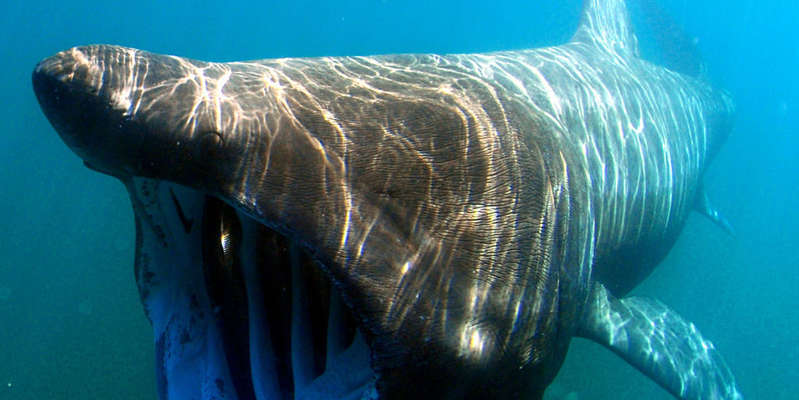
New species of ancient shark named after Godzilla
Paleontologists have announced the discovery of the “Godzilla shark” – a previously unknown ancient species that lived 300 million years ago. The official scientific name sounds like Dracopristis hoffmanorum – Hoffman's dragon shark, according to Live Science.
A well-preserved skeleton of a sea creature, two meters long, was found on a private site in the Manzano Mountains near Albuquerque, New Mexico. Scientists have unearthed 12 rows of sharp teeth, the remains of a strong jaw, and two 0.8 m long fins.
The skeleton is considered the largest fossil of its kind ever found in the area. Therefore, he was named “Godzilla”. The fins, which were apparently located on the back, also reminded of a mythical monster.
“It is very rare to find skeletal material of ancient sharks, not to mention the complete skeleton, which also retained the outline of the body and other imprints of soft tissues,” the experts emphasized.
Sharks are known to have a cartilaginous skeleton. Unlike bones, it does not turn to stone, but completely decomposes. Therefore, many extinct species can be studied exclusively by the teeth.
Godzilla belonged to a group of mysterious ancient sharks known as the ktenakantha. They separated from modern sharks and rays as early as the Devonian period, 390 million years ago.
The perfectly preserved skeleton has allowed researchers to learn more about this little-studied group. The study showed that they had an unusual jaw structure: they were larger than those of sharks, more firmly attached to the skull, and less mobile.
Scientists suggested that the ctenacanths were not top predators, like their living relatives, but occupied a different ecological niche. Probably, “Godzilla” kept closer to the bottom of the lagoon, where it lived, and its main prey were crustaceans and small vertebrates.
The Ctenakanths disappeared during the Great Permian Period 252 million years ago, which marked the end of the Paleozoic era. But the exact cause of their extinction is still not known.
Earlier it was reported that an ancient shark with wings was discovered in Mexico. It turned out to be more than 90 million years old.

